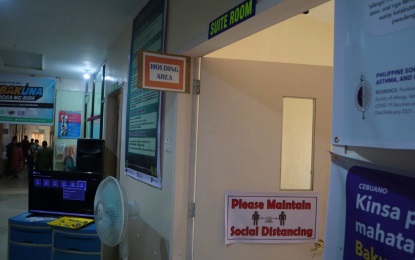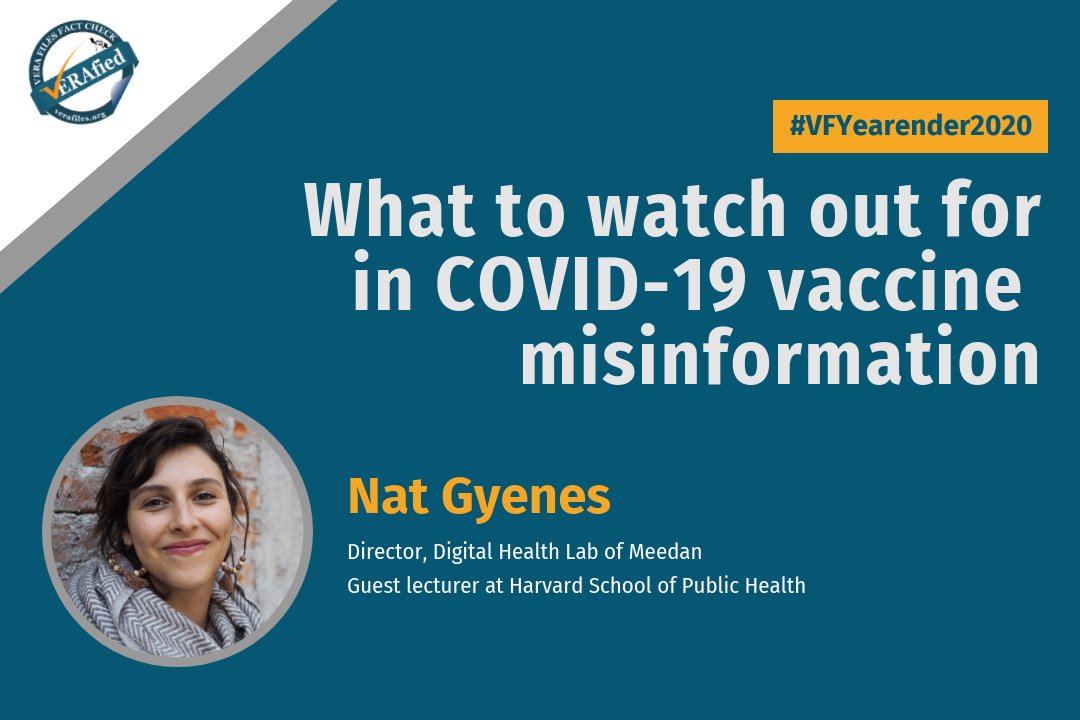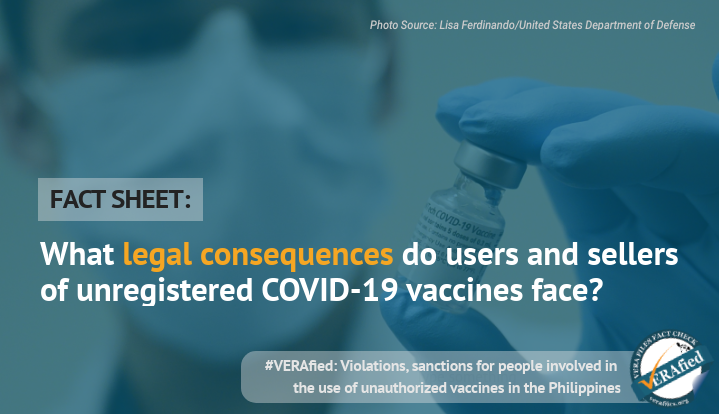A month after it was reported that more than 300 vials of coronavirus disease 2019 (COVID-19) vaccines were wasted in a municipality in North Cotabato, the Department of Health has yet to find out who was liable for and what caused the lapse.
“Base po sa kanilang report, ang kanilang rekomendasyon ay further investigation dahil wala pa silang sapat na impormasyon o ebidensya na makuha ukol doon sa mga nangyari, dito po sa… [N]orth Cotabato,” said Health Undersecretary Maria Rosario Vergeire in a June 18 media forum.
(Based on their report, their recommendation was for further investigation because they don’t have sufficient information or evidence about what happed, there in North Cotabato.)
“Aantayin po natin ‘yung sinabi… [n]a further investigation so that we can be able ascertain kung ano po ang mga accountabilities ng bawat officials diyan sa area na ‘yan regarding the wastage of these vaccines,” she added.
(Let’s wait for [the outcome of) the further investigation so that we can be able to ascertain what are the accountabilities of each of the officials in that area regarding the wastage of these vaccines.)
According to reports from the local government of Makilala town, during a power outage on May 7, the vaccines were transferred from the municipal health office to a freezer in the police office, which was run by a generator set.
It remains unclear, however, why the vaccines, which were meant for senior citizens, had to be moved to another facility.
Abdullah Dumama Jr., DOH undersecretary for field implementation in Visayas and Mindanao, said all health facilities “must have generator sets” to ensure continued electric power supply in case of such emergencies.
VERA Files reached out to the Makilala municipal health office and the provincial government of Cotabato but has not received any reply as of June 18.
“Nobody noticed [o]n Friday that the freezer was not switched back to the regular power supply. Saturday and Sunday were no work days,” said Lito Cañedo, spokesperson of Makilala’s Inter-Agency Task Force (IATF), on May 13, based on corroborated reports.
“It was only on Monday morning (May 10) that it was discovered by the personnel in charge from the town health office,” he added.
Dumama said in a report by SunStar Davao: “We assume that there will be like that in every area. Dahil nga sa nag-brownout, gusto sana natin na may (Because of power interruptions, we want that there will be) standby generators that can take care of these vaccines. Not only vaccines, pati mga medications na nilagay doon sa (also medications that needed to be put in the) refrigerator should be stored properly.”
DOH identified unstable power supply as one of the challenges in the COVID-19 vaccine distribution plan.
(See VERA FILES FACT SHEET: What it takes to deliver the COVID-19 vaccines in the Philippines)
As of June 14, the total doses administered in the country is 7 million, of which about 1.9 million Filipinos have been fully vaccinated, based on the National Task Force against COVID-19 data.
Some provinces from Visayas and Mindanao regions are asking for more supplies of COVID-19 vaccines following a recorded surge of infections.
Health and government officials initially said the country aims to inoculate 70% of the Filipino population — around 70 million people — to achieve herd immunity by December.
The World Health Organization defines herd immunity as the indirect protection of people against an infectious disease when most of a population is immune either through vaccination or through previous infection.




